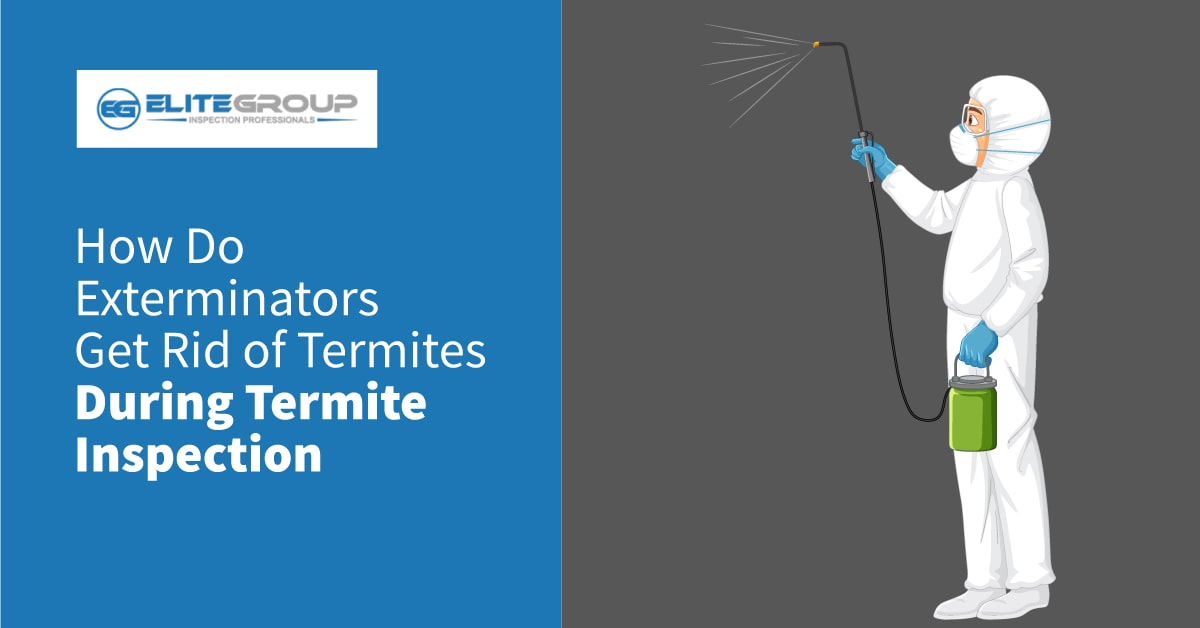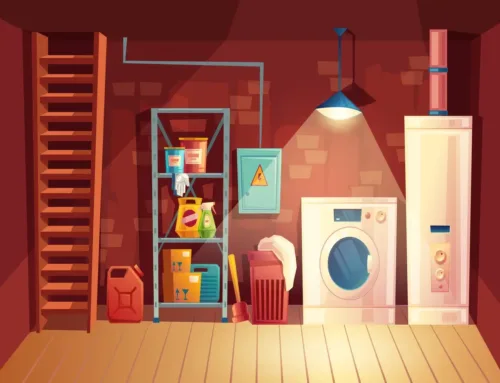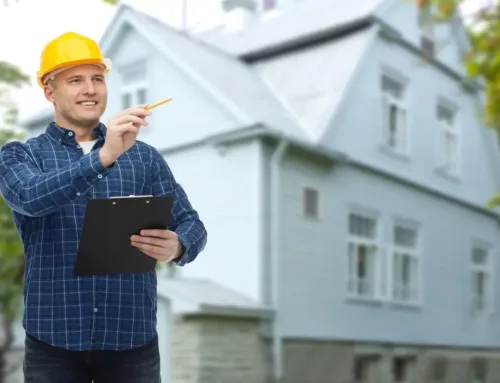Introduction
Termites, those silent destroyers, can wreak havoc on our homes and properties, causing substantial damage if left unchecked. Termite inspections are essential to detect these pests early on and prevent significant structural issues. Elite Inspections takes a proactive approach, guiding you on how to exterminate termites.
In this blog, we will delve into the world of termite inspection, exploring how do exterminators get rid of termites. Moreover, we will also touch on the factors affecting termite exterminator costs. So let’s get into it.
Get Rid of Termites by Termite Inspection
During a termite inspection, a qualified inspector will diligently seek out any indications of the presence of termites and evaluate the extent of the infestation. Should termites be discovered, the exterminator will take appropriate measures to eliminate them. The degree of infestation and the specific type of termites present will determine the removal strategy.
Here is what it takes for a comprehensive termite inspection:
Inspection and Identification
The process begins with a thorough inspection of the property by a trained exterminator. They will look for signs of termite activity, such as mud tubes on walls, damaged wood, discarded wings, and fecal pellets. They may use various tools, including moisture meters and borescopes, to detect hidden termite activity behind walls or in inaccessible areas.
Assessment of Infestation
The exterminator will determine the amount of the termite infestation based on the inspection results. The size of the colony and the type of termites present (such as subterranean, dry wood, or damp wood) will be established.
Selection of The Treatment Method
After assessing the severity and location of the termite infestation, the exterminator will select the best method for eliminating the problem. Other factors that will be considered include the building’s structure, pets or children, and any environmental concerns.
Follow-up Inspections
After the initial treatment, exterminators may conduct follow-up inspections to ensure that the termite infestation has been completely eradicated. They will also recommend preventative measures to reduce the risk of future infestations, such as addressing moisture issues and maintaining a termite barrier around the property.
Termite inspections are one of the best gifts for your father. Read here, how?
How to Exterminate Termites?
There are various methods for termite extermination that work effectively and are easy on your pocket. Some of the methods for how to exterminate termites are:
Chemical Treatments
For subterranean termites, the most common treatment involves applying liquid termiticides to the soil around the foundation of the building. This creates a barrier that prevents termites from entering. The chemicals may also be injected directly into the termite galleries found in infested wood or soil. Different termiticides have varying effects on termites, some causing immediate death on contact, while others are slow-acting and allow the termites to carry the poison back to their colony.
Bait Stations
Exterminators may install termite bait stations in the ground at strategic locations around the property. These bait stations contain cellulose material (e.g., wood) infused with a slow-acting toxic substance. Termites feed on the bait and carry it back to the colony, where it spreads and eventually eliminates the entire colony, including the queen.
Fumigation
If the infestation is extensive or if termites are in hard-to-reach areas, fumigation may be recommended. The building is tented and sealed, and a fumigant gas is introduced to penetrate all the nooks and crannies, reaching the termite colonies and killing them.
Heat Treatment
This method involves raising the temperature of the infested area to a level that is lethal to termites. Specialized equipment is used to apply controlled heat to the affected space, effectively eliminating the termites.
Wood Treatments
For localized infestations in wooden structures, the exterminator may apply wood treatments, such as borate solutions. These solutions are applied to the infested wood, and the borates penetrate the wood, killing the termites and providing long-term protection against future infestations.
Barrier Treatments
Exterminators may apply barrier treatments to create a protective zone around the building. These barriers prevent termites from entering and can be made of termiticide-treated soil or other materials.
Factors Affecting Termite Exterminator Cost
The termite exterminator cost can vary based on several factors. It’s crucial to obtain multiple quotes from different pest control companies and compare their services, warranties, and treatment approaches before deciding. While cost is an important factor, the effectiveness and quality of the treatment should also be carefully considered to ensure the long-term protection of your property against termites. The following are some of the key factors that can influence the termite exterminator cost:
Size of Infestation
The severity and size of the termite infestation play a significant role in determining the cost. More extensive infestations may require more extensive treatments, increased labor, and higher quantities of chemicals or bait, which can drive up the overall cost.
Type of Termites
Different types of termites may require different treatment methods and strategies. For example, subterranean termites and drywood termites often necessitate distinct approaches, which can impact the cost of treatment.
Type of Treatment
The chosen method of termite extermination will also affect the cost. Chemical treatments, bait stations, fumigation, and heat treatments have varying price points. Some treatments may be more labor-intensive or require specialized equipment, contributing to higher costs.
Size and Structure of the Property
The size of the property and the complexity of its structure can influence the cost. Larger buildings or homes with multiple floors and hard-to-reach areas may require more time and effort to inspect and treat, thus increasing the overall cost.
Accessibility
The accessibility of the termite-infested areas can impact the cost. If termites are in hard-to-reach spaces or hidden behind walls, additional efforts may be required for inspection and treatment, potentially leading to higher costs.
Geographic Location
The cost of termite extermination can also vary depending on the geographical location. Factors such as local labor rates, cost of materials, and regional prevalence of termites can influence the pricing.
Reputation and Experience of the Exterminator
Well-established and reputable pest control companies with experienced technicians may charge higher rates for their services, but they often provide more effective and reliable treatments.
Additional Treatments or Repairs
In some cases, termite infestations may cause damage to the property, such as weakened wooden structures. If additional repairs or treatments are required to address such damages, they will add to the overall cost.
Preventative Measures
Exterminators may recommend and offer preventative measures to reduce the risk of future termite infestations. These measures, such as installing termite barriers or regular inspections, may incur extra costs.
Conclusion
Termites are formidable opponents, but armed with the knowledge of termite inspection and extermination methods, you can protect your homes from their destructive tendencies. By understanding how do exterminators get rid of termites during inspections, you can make informed choices and ensure the long-term safety and integrity of your cherished properties. Remember, vigilance and preventive measures are crucial to keeping these relentless pests at bay.





